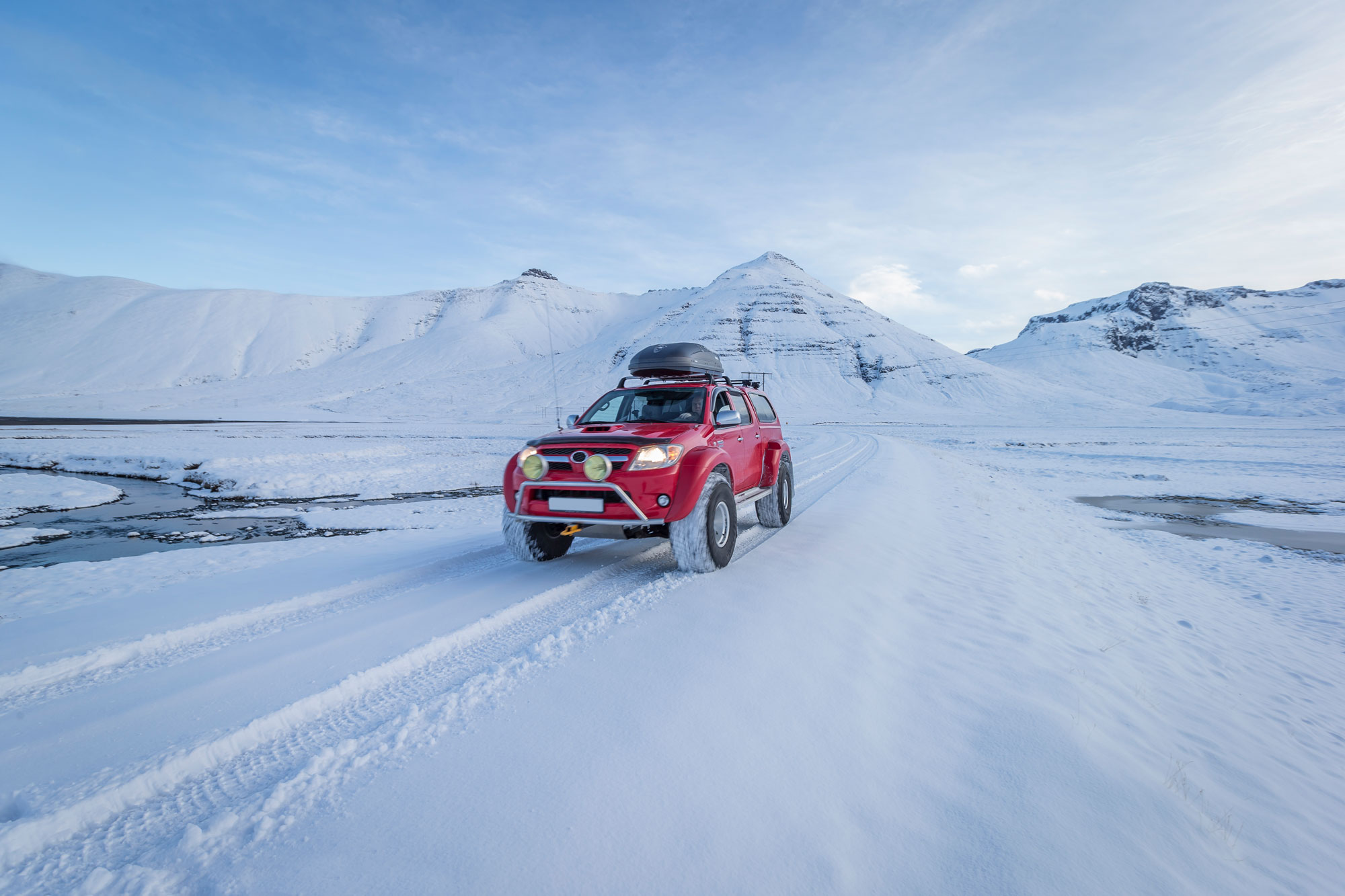5 Winter Driving Tips
There are a few simple tips that can help settle uneasiness about driving in snow or on ice.
 Getty Images
Getty Images
QuickTakes:
Driving in the winter can require a significantly different approach from driving in dry conditions. These tips might help keep you and your passengers safe despite slippery or obstructed roads.
Invest in Seasonal Tires
If you regularly drive on snowy or icy roads, consider swapping out summer or all-season tires for those intended for cold and snow. Compared with all-season tires, winter tires (sometimes called snow tires) stay softer and more flexible when cold, allowing them to maintain grip. They also feature a tread pattern better suited to evacuate snow, slush, and water, helping them keep traction.
Thoroughly Clear Debris From Your Car
It's a good practice to always clear the snow off your vehicle before driving. This might entail removing it from the windows, ensuring your lights aren't obstructed, and clearing your roof and hoods, as snow can slide onto your windows after accelerating or slowing to a stop. Clearing your car is also a courtesy to other motorists, since it can reduce the amount of snow or ice that could fly off your car and impact surrounding vehicles.
Dial Back Your Inputs
Snowy and cold conditions challenge you to maintain patience to help with smooth driving. Sudden inputs like full-throttle acceleration or quick stabs at the brake pedal are not ideal. Furthermore, stopping distances in the snow are significantly increased, so try to keep a proportionate distance away from the car in front of you. Be aware that your car's anti-lock braking system can be triggered more frequently when driving on snow and ice.
Maneuvering through Front- and Rear-Wheel Skidding
Drivers may encounter a variety of skids when driving in the winter, especially when driving on ice. Front-wheel skids, commonly called understeering, can occur when your front wheels lose traction and the car keeps going in its current direction. When encountering any skid, avoid slamming on the brakes or accelerator in a panic. Instead, take your foot off the throttle and turn the steering until the wheels are straight and the tires regain traction.
Your rear wheels can also lose traction in winter conditions, resulting in an oversteer or a rear-wheel skid. This can cause the car to turn too quickly, leaving the rear to swing outward. Maintaining composure and avoiding sudden reactions such as hitting the brakes can prevent the slide from getting worse.
Gently apply the throttle and steer into the skid, which means turning the front wheels in the direction that the rear wheels are sliding. For example, if the rear wheels are sliding to the right, turn the front wheels towards the right. Do this until the car straightens out and the tires regain traction.
It can be helpful to find an empty parking lot after the season's first snowfall to practice these skills.



